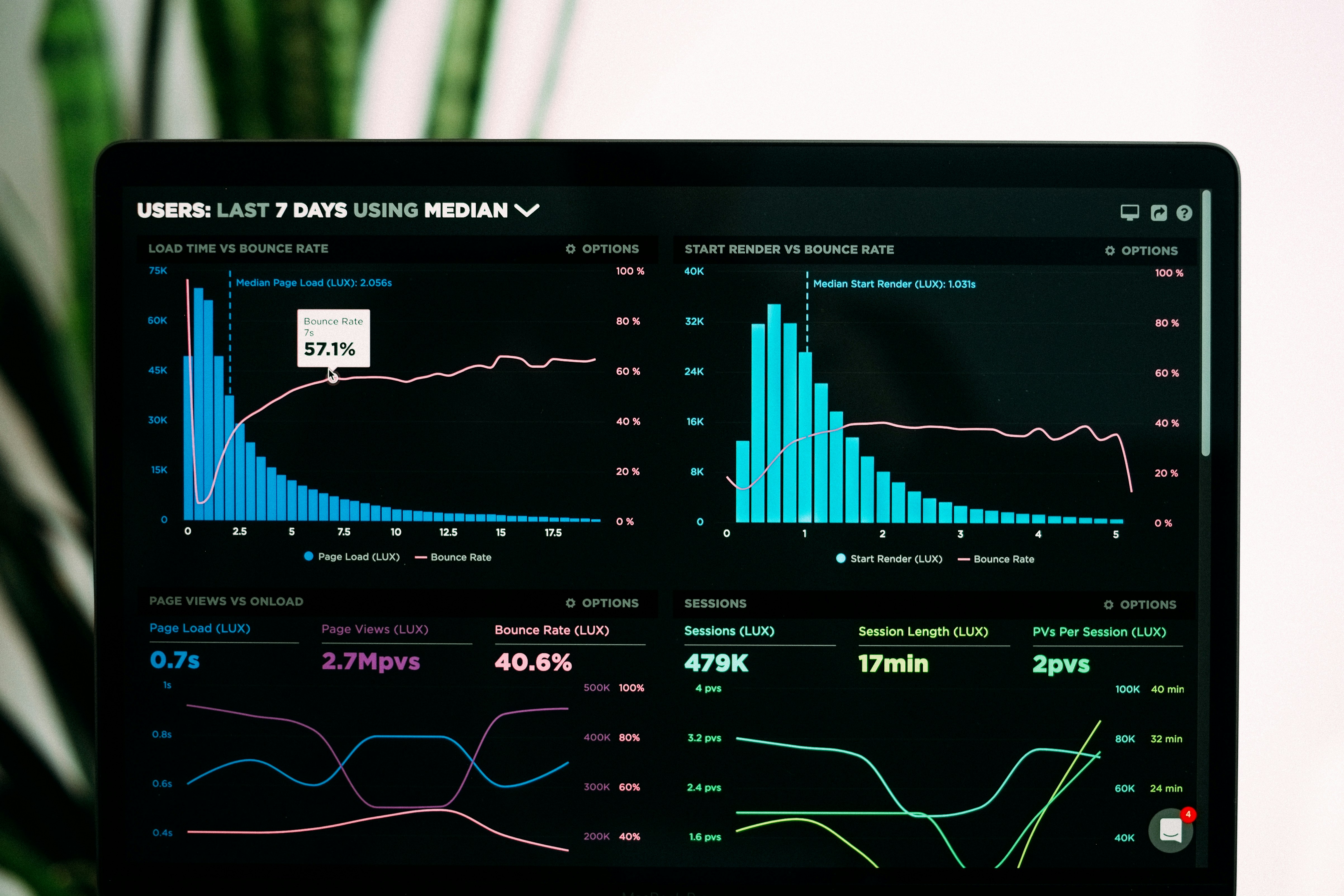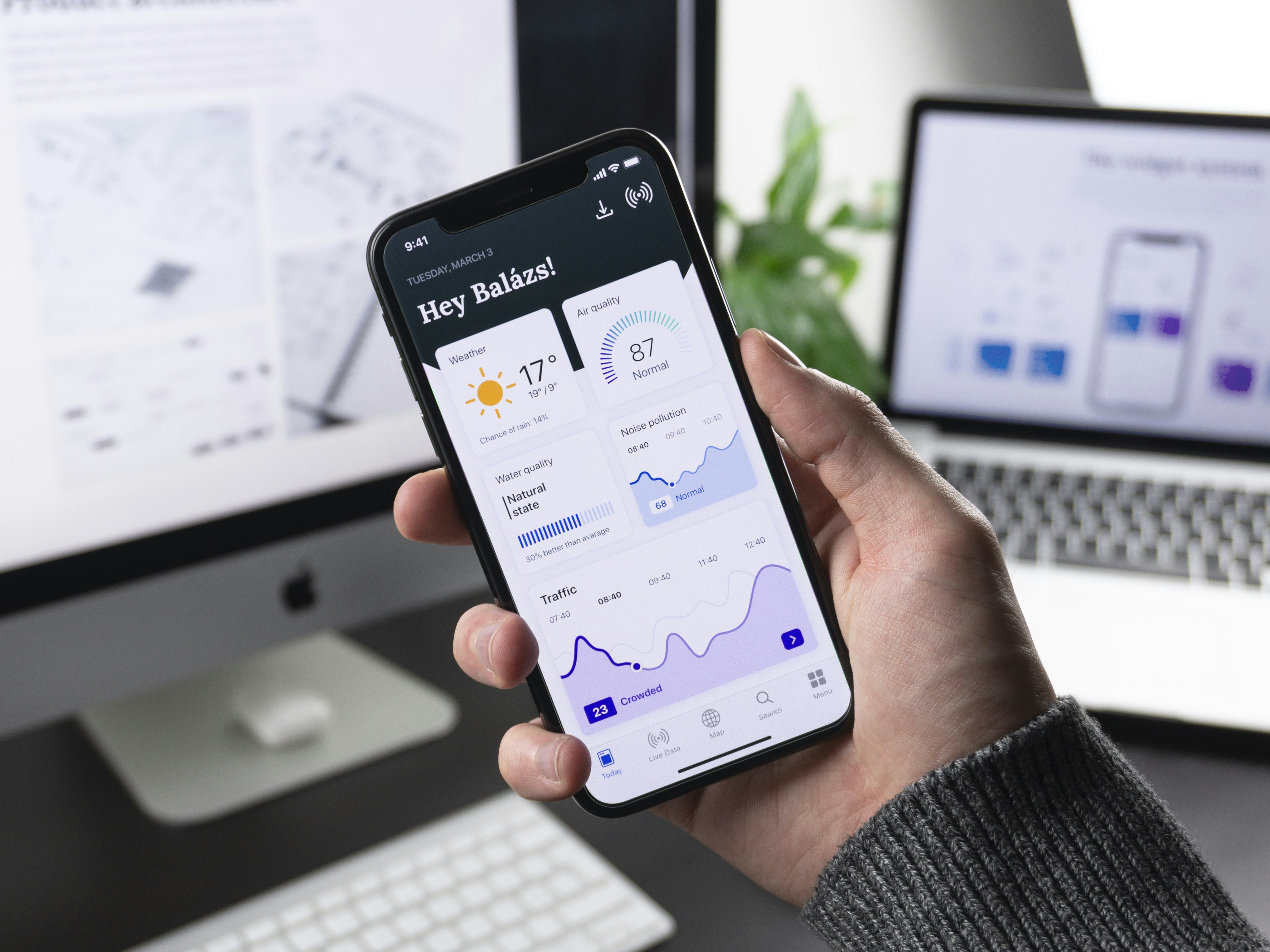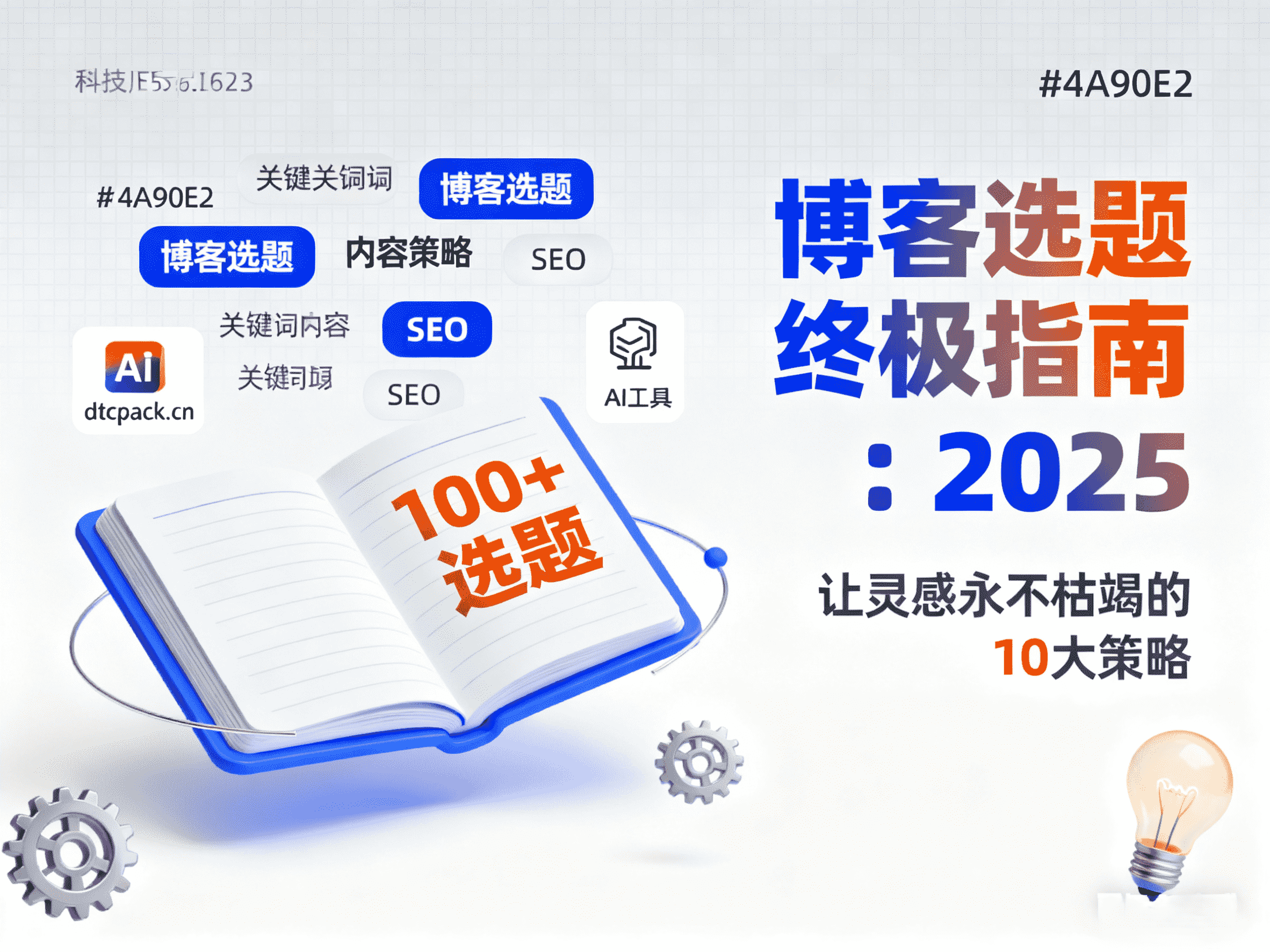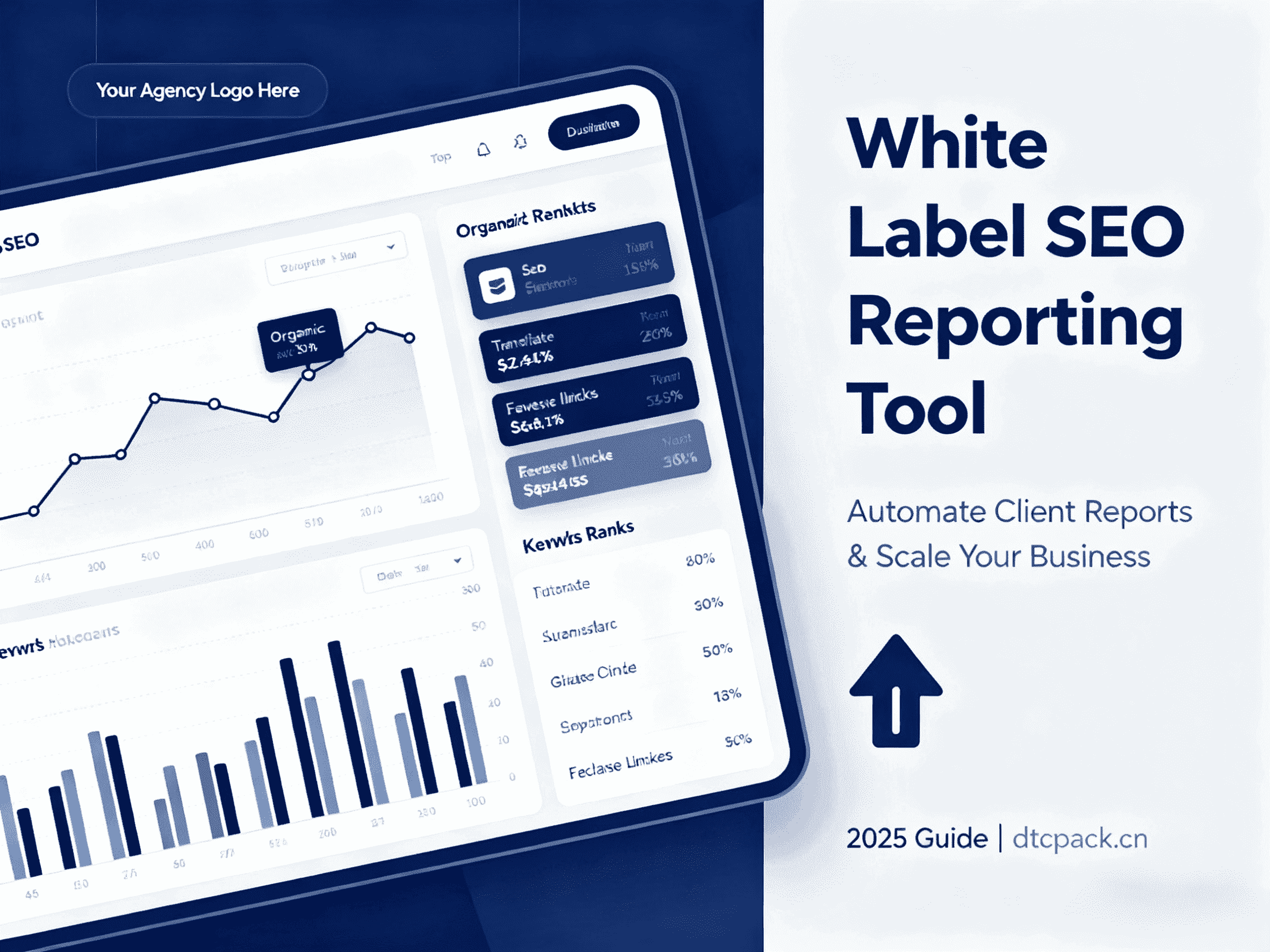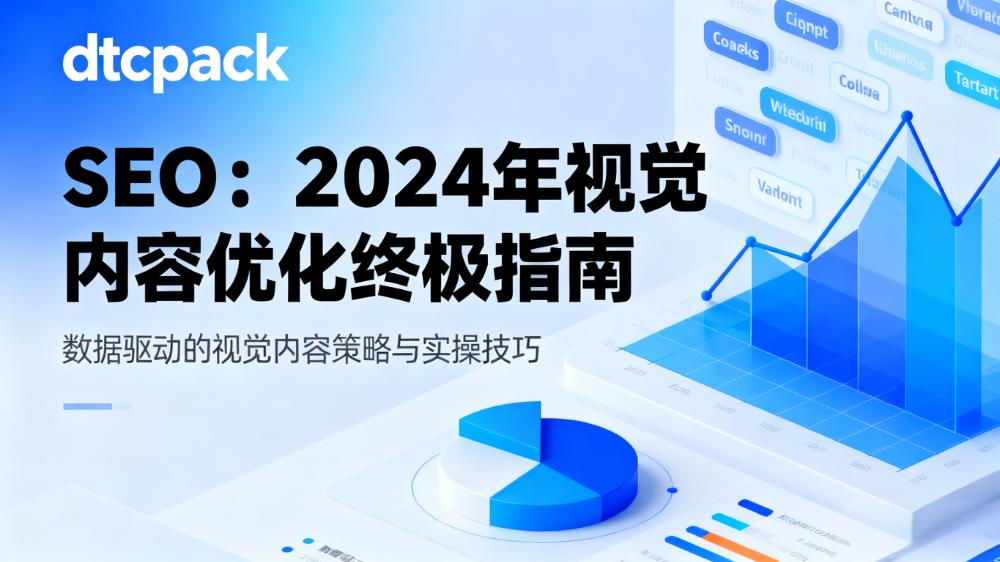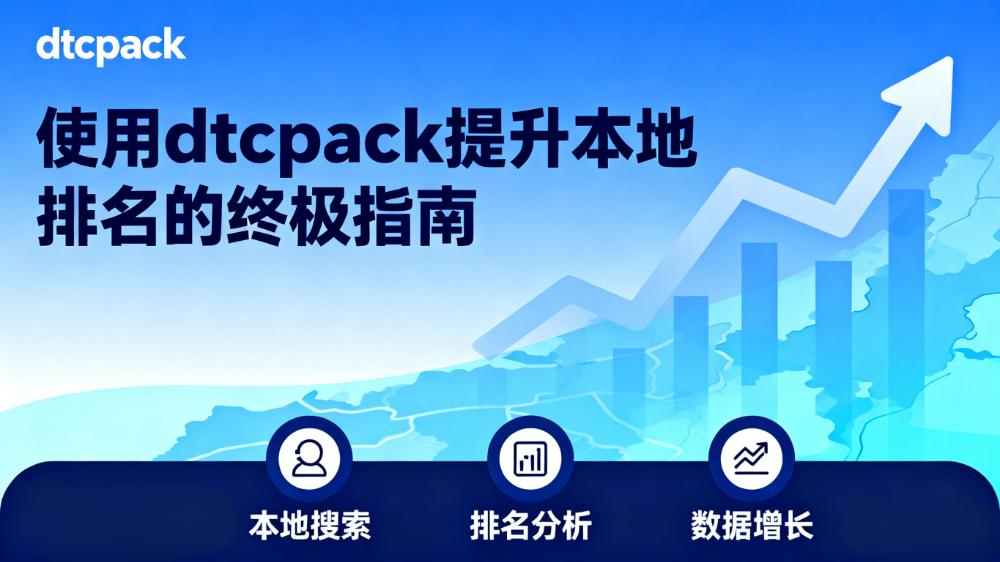Infographics and SEO: The Ultimate Guide to Visual Content Optimization in 2024
In today's digital landscape, where visual content dominates user engagement, combining infographics and SEO has become a game-changing strategy for marketers and content creators. Studies show that infographics are shared 3x more than any other type of content on social media, while also significantly improving search engine rankings when optimized correctly. Whether you're a seasoned digital marketer or just starting your SEO journey, understanding how to leverage visual storytelling can dramatically increase your organic traffic and brand visibility.
At dtcpack.cn, we've developed powerful tools that help businesses create SEO-optimized infographics that not only look stunning but also rank exceptionally well on search engines. This comprehensive guide will walk you through everything you need to know about merging infographics with SEO strategies to maximize your digital marketing ROI.
Understanding the Powerful Connection Between Infographics and SEO
The relationship between infographics and SEO is more profound than many marketers realize. Search engines like Google increasingly prioritize content that provides value through multiple formats, and infographics perfectly satisfy this requirement by combining textual information with visual appeal.
Why Infographics Matter for Search Engine Optimization
Infographics serve multiple SEO purposes simultaneously. First, they dramatically increase dwell time—the amount of time users spend on your page—which is a critical ranking factor. When visitors engage with well-designed infographics, they naturally spend more time consuming the content, sending positive signals to search engines about your page's quality.
Second, infographics generate natural backlinks. High-quality visual content gets shared across platforms, blogs, and social media, creating valuable backlink opportunities that boost your domain authority. According to research, content with relevant images gets 94% more views than content without visuals.
The Psychology Behind Visual Content Performance
Human brains process visual information 60,000 times faster than text. This psychological reality makes infographics an invaluable tool for communicating complex information quickly and memorably. When users can grasp concepts faster, they're more likely to share the content, bookmark it, and return to your site—all positive engagement metrics that influence SEO performance.
Essential SEO Optimization Strategies for Infographics
Creating beautiful infographics is only half the battle. To truly leverage infographics and SEO together, you must implement specific optimization techniques that make your visual content discoverable and rankable.
1. File Naming and Alt Text Optimization
Every infographic you publish should have a descriptive, keyword-rich file name. Instead of "image123.jpg," use names like "infographics-seo-best-practices-2024.jpg." This simple practice helps search engines understand your image content before they even analyze it.
The alt text attribute is equally critical. Write descriptive alt text that includes your target keywords naturally while accurately describing what the infographic displays. For example: "Comprehensive infographic showing SEO optimization strategies for visual content marketing."
2. Structured Data and Schema Markup
Implementing schema markup for your infographics helps search engines better understand and display your content in rich results. Use ImageObject schema to provide additional context about your infographic, including its subject matter, creator, and licensing information. This structured data can help your infographics appear in Google Images and other visual search results with enhanced information.
3. Surrounding Content Optimization
Never publish an infographic in isolation. Surround it with relevant, keyword-optimized text that provides context, explains key points, and offers additional value. This approach serves dual purposes: it helps search engines understand your infographic's content while providing accessibility for users who cannot view images.
When using tools from dtcpack.cn, you can seamlessly integrate infographics with complementary content that enhances both user experience and search visibility.
Creating Share-Worthy Infographics That Drive Backlinks
The true SEO power of infographics lies in their ability to generate organic backlinks. When other websites embed or reference your infographic, they typically link back to your site, passing valuable link equity that improves your search rankings.
Design Principles for Maximum Shareability
- Data-driven content: Use original research, statistics, or curated data that provides genuine value
- Clear visual hierarchy: Guide viewers through information logically with size, color, and placement
- Brand consistency: Include subtle branding that doesn't overpower the content
- Mobile optimization: Ensure infographics are readable on all device sizes
- Actionable insights: Provide takeaways that audiences can immediately apply
Promotion Strategies to Amplify Reach
Creating exceptional infographics is just the beginning. Strategic promotion multiplies their SEO impact exponentially. Share your infographics across social media platforms with platform-specific optimizations. On Pinterest, use keyword-rich descriptions and relevant board categories. On LinkedIn, tag industry influencers and participate in relevant groups.
Additionally, conduct targeted outreach to websites, bloggers, and journalists in your niche who might find your infographic valuable for their audiences. Personalized outreach emails that explain how your infographic complements their existing content often yield impressive backlink results.
Technical Considerations for Infographic SEO Performance
Beyond creative design, technical optimization ensures your infographics and SEO strategy delivers maximum results.
File Size and Loading Speed Optimization
Large image files can dramatically slow page loading times, negatively impacting both user experience and search rankings. Compress your infographics to under 100KB when possible using tools like TinyPNG or ImageOptim without sacrificing visual quality. Consider using next-gen formats like WebP that offer superior compression while maintaining clarity.
The platform at dtcpack.cn automatically optimizes infographic file sizes during the creation process, ensuring your visual content loads quickly across all devices and connection speeds.
Responsive Design Implementation
With mobile devices accounting for over 60% of web traffic, ensuring your infographics display properly on all screen sizes is non-negotiable. Implement responsive image techniques using srcset attributes or CSS that automatically adjusts infographic dimensions based on viewport size. Consider creating separate mobile-optimized versions for particularly complex infographics that might be difficult to read on smaller screens.
Accessibility and Inclusive Design
SEO-friendly infographics must also be accessible. Provide text transcripts or detailed descriptions that convey the same information for users with visual impairments. Use sufficient color contrast ratios (at least 4.5:1 for normal text) and avoid relying solely on color to convey meaning. These accessibility practices not only serve more users but also provide additional text content that search engines can index.
Measuring Infographic SEO Success: Key Metrics to Track
To refine your infographics and SEO strategy, consistently monitor performance metrics that indicate what's working and what needs adjustment.
Engagement Metrics
Track how users interact with pages containing infographics compared to text-only pages. Key metrics include:
- Average time on page: Should increase significantly with engaging infographics
- Bounce rate: Should decrease as visual content captures attention
- Scroll depth: Indicates how far users progress through your content
- Social shares: Direct measure of content resonance and virality potential
SEO Performance Indicators
Monitor search-specific metrics to understand how infographics impact your organic visibility:
- Keyword rankings: Track position changes for target keywords on pages with infographics
- Organic traffic: Measure traffic increases to infographic-containing pages
- Backlink acquisition: Count and analyze quality of links pointing to your infographics
- Image search visibility: Monitor impressions and clicks from Google Images and other visual search platforms
The analytics dashboard at dtcpack.cn provides comprehensive tracking of these metrics, making it easy to demonstrate ROI from your infographic marketing efforts.
Advanced Infographic SEO Techniques for Competitive Industries
In highly competitive niches, basic optimization isn't enough. Implement these advanced strategies to gain competitive advantage with your infographics and SEO approach.
Interactive Infographics for Enhanced Engagement
Static infographics are effective, but interactive versions take engagement to another level. Add clickable elements, hover effects, or animated sections that reveal additional information. Interactive infographics dramatically increase dwell time and provide unique user experiences that competitors rarely offer.
These interactive elements also create opportunities for additional keyword optimization within the interactive components' code and accompanying descriptions.
Video Infographics and Multimedia Integration
Combine the power of video content with infographic design by creating animated infographics or infographic-style videos. Video content receives preferential treatment in search results and can appear in both traditional search results and video-specific features like Google's video carousel.
When hosting these on your site, use video schema markup and provide comprehensive transcripts that search engines can crawl and index.
Infographic Series and Content Clusters
Rather than creating isolated infographics, develop thematic series that cover topics comprehensively. This content cluster approach establishes topical authority—a key ranking factor in modern SEO. Link related infographics together, creating a hub-and-spoke content architecture that signals expertise to search engines.
Common Infographic SEO Mistakes to Avoid
Even experienced marketers sometimes make critical errors that undermine their infographics and SEO efforts. Avoid these common pitfalls:
Text Embedded in Images Only
Never rely exclusively on text within your infographic image. Search engines cannot read text embedded in images (despite advances in OCR technology). Always include the key information in HTML text surrounding the infographic to ensure search engines can index and rank your content.
Ignoring Mobile Experience
Infographics designed only for desktop viewing frustrate mobile users and hurt your rankings. With Google's mobile-first indexing, the mobile version of your content is what primarily determines rankings. Test infographics on various devices and optimize accordingly.
Overusing Stock Graphics
Generic stock images and clichéd visual elements reduce your infographic's uniqueness and shareability. Create original visual assets or customize stock elements significantly to ensure your infographics stand out and provide genuine value that earns backlinks.
Neglecting Promotion and Distribution
Even the most beautifully optimized infographic won't generate results if nobody sees it. Develop a comprehensive distribution strategy that includes social media, email marketing, influencer outreach, and submission to infographic directories to maximize visibility and backlink potential.
Conclusion: Maximizing Your Digital Impact with Infographics and SEO
The strategic integration of infographics and SEO represents one of the most powerful content marketing approaches available today. By combining compelling visual storytelling with technical optimization, you create content that simultaneously satisfies user needs and search engine requirements.
Remember that successful infographic SEO requires ongoing effort. Continuously analyze performance metrics, stay updated on search algorithm changes, and refine your approach based on what resonates with your specific audience. The most effective strategies balance creativity with data-driven decision-making.
Whether you're creating your first infographic or optimizing an existing visual content library, the tools and resources available at dtcpack.cn provide everything you need to succeed. Our platform streamlines the entire process—from initial design to technical optimization to performance tracking—ensuring your infographics deliver measurable SEO results.
Start leveraging the power of visual content today, and watch as your organic traffic, engagement metrics, and search rankings reach new heights. The future of SEO is visual, interactive, and user-focused—and infographics position you perfectly at the intersection of all three.
Frequently Asked Questions About Infographics and SEO
How long does it take for infographics to impact SEO rankings?
The SEO impact of infographics varies depending on promotion efforts and competition levels. You may see initial engagement improvements within days, but significant ranking improvements typically take 2-3 months as backlinks accumulate and search engines fully index and evaluate your content. Consistent promotion and quality content creation accelerate results.
What's the ideal size and format for SEO-optimized infographics?
For web use, aim for infographics that are 800-1200 pixels wide and vary in height based on content (typically 2000-8000 pixels for vertical infographics). Save files as JPG for photographs and complex graphics, or PNG for graphics with text and simple colors. Always compress to under 100KB when possible. The aspect ratio should work well on both desktop and mobile devices.
Can I use the same infographic on multiple pages without SEO penalties?
Using identical infographics across multiple pages can create duplicate content issues. Instead, create unique surrounding content for each page, use different file names and alt text, and ensure each page targets different keyword variations. Alternatively, host the infographic on one canonical page and embed it elsewhere using iframes or links back to the original source.
How do I encourage others to link back when sharing my infographics?
Provide an embed code beneath your infographic that automatically includes a link back to your site. Make this code easily accessible and simple to copy. Additionally, when conducting outreach, politely request that publications credit your work with a link. Creating genuinely valuable, original content naturally encourages proper attribution and linking from reputable sources.



